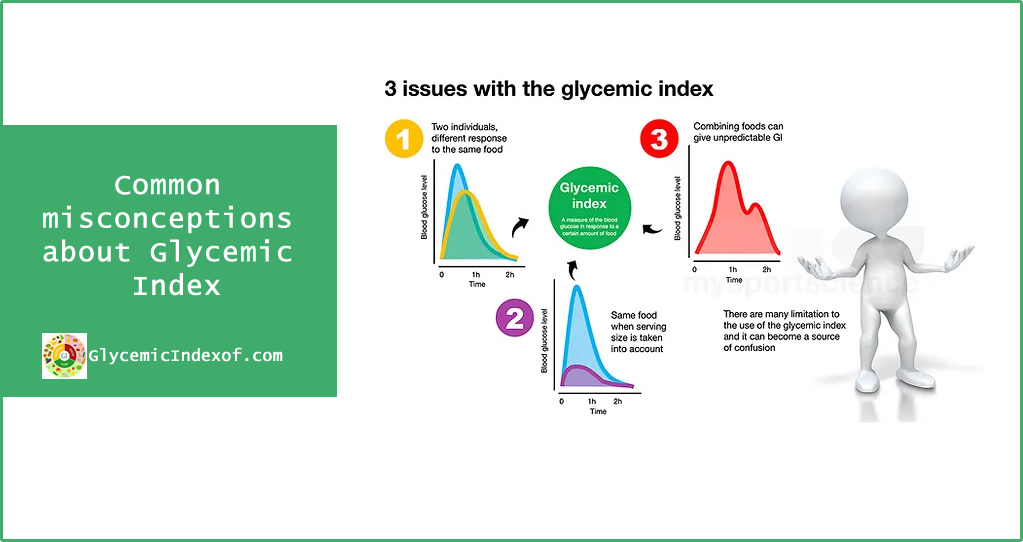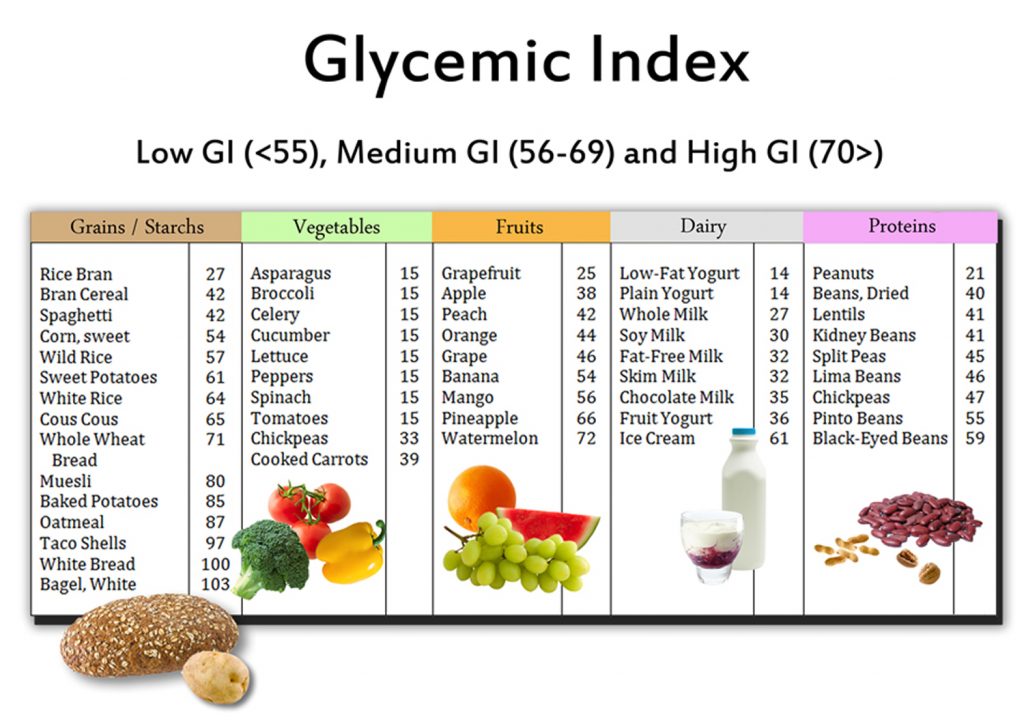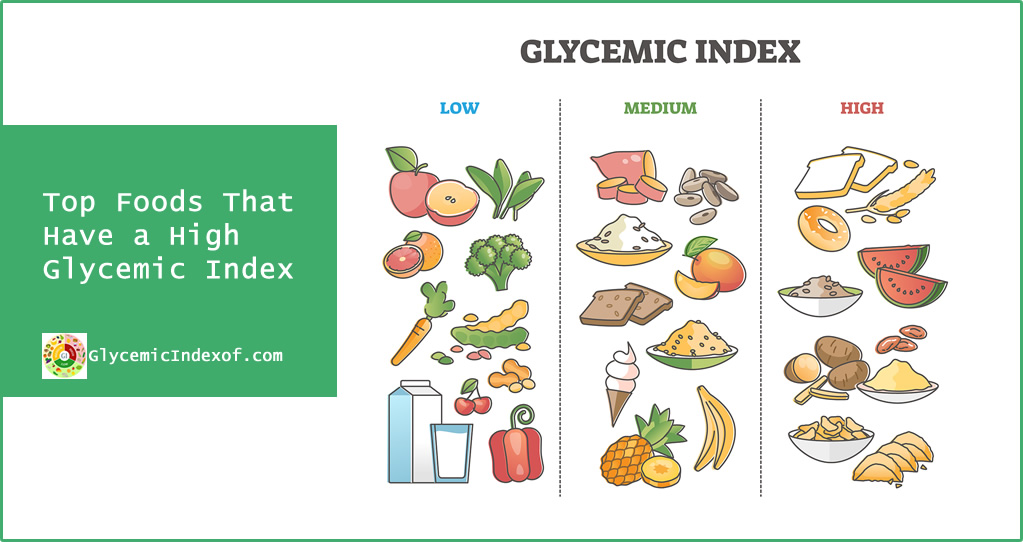Common misconceptions about Glycemic Index
Glycemic index is a certain value attached to different foods that deliberates its impact on the blood sugar levels. Foods can have several levels of glycemic indexes that range from high, moderate, and low. High GI foods result in fast digestion which increases the blood sugar levels by spiking up the insulin levels in the bloodstream. Alternatively, low GI foods are good for health, especially for diabetic patients. Read more about Common misconceptions about Glycemic Index.
The GI diet has been creating quite a buzz for a while now, which has also speculated a number of statements about the diet which is not true in all cases. Let’s see which of the following best describes the glycemic index.
Watermelon is bad for health
One of the biggest and Common misconceptions about Glycemic Index that people imbibe is that watermelon is bad for health as it has an extremely high GI. Yes, watermelon has a high GI of 72 but a glycemic load of 4 only. This is because watermelon has a high content of water and fiber which lowers down the amount of carbohydrates in a serving, making it good enough for your health.
The low energy density of the fruit keeps you satiated for a long period of time and serves as a great source of potassium, vitamin A, and vitamin C. So, if you have excluded watermelon from your diet after finding out the high GI of the fruit, then you might want to add it back to your meal.
Always avoid high GI foods
If you think that a low GI diet is all you need to have a balanced healthy life and that requires making a compromise on your favourite piece of chocolate cake, then here is a good news. While you’re planning a healthy diet, GI is not the only factor that should be brought under consideration; factors like minerals, vitamins, fibers, fat, sodium, total carbohydrates, and antioxidants should all be considered.
There are a lot of food items that are high in GI but are also rich in fiber which is essential for your body such as popcorn. You can easily savour your taste buds with high GI foods with a side of protein low GI source. Now have a movie night with popcorns and a side of peanuts to keep a balance of fun and nutrients.
Low GI foods will help in losing weight
Another myth or Common misconceptions about Glycemic Index, about glycemic index is that you can consume as much of the low GI foods as you want and you’ll never gain weight. Well, only if this was true, it would have made our whole world. Foods that are low in GI are beneficial for health but you also need to bring the factor for calories into focus as well. Foods that are low in GI can be super-rich in calories that will eventually lead you to gaining weight. Nuts are low GI foods that is less than 30 but consist of a profusion of calories of about 166.
Low GI foods are full of nutrients
Nutritional foods are full of vitamins, minerals, fiber, proteins, and fats which is not always the case with low GI foods. Low GI foods like fruits and vegetables are full of nutrients because they are whole foods, but many low GI foods such as snack bars are deprived of the nutrients that one’s body requires.
High GI foods will result in obesity
One of the most common misconceptions is that the consumption of high GI foods will lead you to putting on weight, but it isn’t necessarily the case. When it comes to obesity, there are a number of elements that you must perceive such as calories, insulin resistance, metabolism, and other health problems. Although many high GI foods are packed with calories, there are many others that don’t really match the criteria.
Conclusion – Common misconceptions about Glycemic Index
There are a number of myths that are commonly rumored around but before believing any of it, you must research each one of it thoroughly before excluding or including a food item in your diet.



